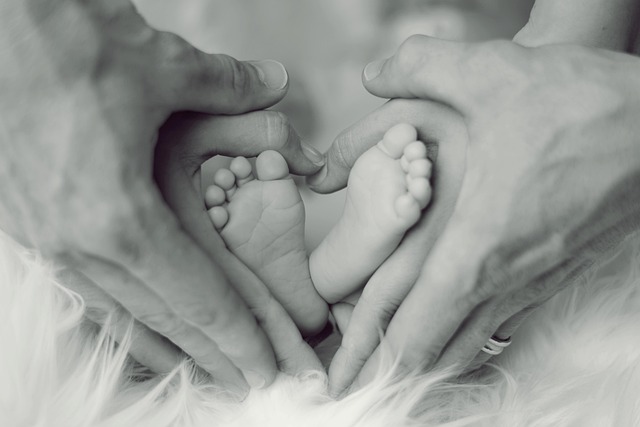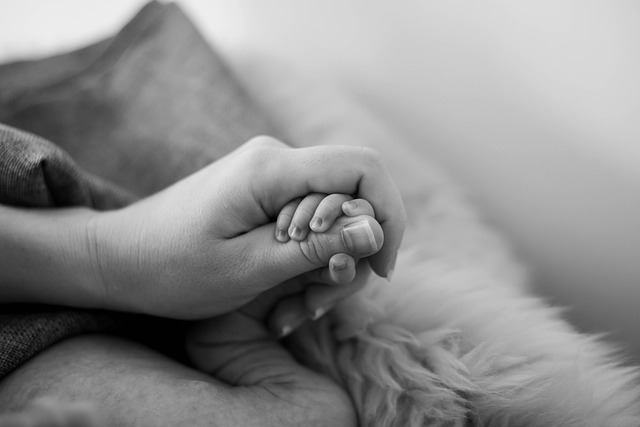Oregon's comprehensive child welfare system balances parental rights legal protection with the best interests of children through a collaborative network of state agencies, non-profits, and community resources. The Department of Human Services (DHS) leads interventions, investigations, and placement decisions while upholding rigorous, fair, and transparent procedures. Key stakeholders include social workers, family law attorneys, judges, children's advocates, and guardian ad litem (GAL) attorneys, all working together to preserve family bonds and ensure the well-being of vulnerable children in Oregon.
“Understanding Oregon’s Child Welfare Legal Procedures: A Comprehensive Guide for Parental Rights and Protection. This article delves into the intricate web of Oregon’s child welfare system, highlighting the crucial roles played by the Department of Human Services (DHS) and key stakeholders. We explore parental rights and legal protections, including due process and fair hearing rights.
From initial reports and investigations to case planning and permanency hearings, we break down the step-by-step legal process. Additionally, we examine reunification efforts, adoption options, and preserving parental rights through legal avenues, ensuring parents are equipped with knowledge in this vital aspect of family law.”
- Oregon's Child Welfare System: An Overview
- – Understanding the role of the Department of Human Services (DHS)
- – Key stakeholders and their responsibilities
- Parental Rights and Legal Protections in Oregon
Oregon's Child Welfare System: An Overview

Oregon’s child welfare system is designed to protect and support vulnerable children and families, ensuring their safety and well-being. It involves a network of state agencies, non-profit organizations, and community resources working together to provide various services. The system aims to prevent family separation whenever possible and offer interventions to strengthen familial bonds.
At the core of this system is the protection of parental rights while maintaining the best interests of the child. Oregon’s legal procedures guide the process of removal, placement, and reunification, ensuring that families receive fair treatment and access to legal representation. Understanding these procedures is crucial for parents, guardians, and advocates to navigate the complexities of child welfare and safeguard their rights and the rights of the child.
– Understanding the role of the Department of Human Services (DHS)

In Oregon, the Department of Human Services (DHS) plays a pivotal role in child welfare, acting as the primary agency responsible for protecting vulnerable children and ensuring their well-being. Its mission is to strengthen families and prevent the need for out-of-home placement while providing essential services to children and youth who are at risk or in crisis. DHS works collaboratively with other agencies, courts, and communities to create a supportive network for all involved.
The department’s responsibilities encompass a range of activities, including investigating reports of child abuse and neglect, offering interventions to support families, and making informed decisions regarding the placement and care of children. They strive to uphold and protect parental rights while prioritizing the legal protection and safety of the child. This delicate balance is navigated through rigorous procedures designed to ensure fairness and transparency throughout the entire process.
– Key stakeholders and their responsibilities

In Oregon, several key stakeholders play crucial roles in child welfare legal procedures, ensuring the well-being and best interests of children involved. These include social workers, who conduct assessments, investigations, and case management to support families and secure safe living arrangements for children. Attorneys specializing in family law and child welfare advocate for the rights of parents and guardians while guiding them through complex legal processes. The courts, particularly juvenile or family court judges, are responsible for making informed decisions regarding custody, visitation, and other parental rights legal protection measures based on evidence presented during hearings.
Additionally, children’s advocates and guardian ad litem (GAL) attorneys represent the child’s best interests in legal proceedings, ensuring their voices are heard. Other stakeholders such as healthcare providers, educators, and community support services contribute vital information to help courts make informed decisions that can shape a child’s future. Collaboration among these parties is essential for effective navigation of Oregon’s child welfare legal procedures.
Parental Rights and Legal Protections in Oregon

In Oregon, parental rights and legal protections are paramount in child welfare cases. Parents involved in such proceedings have specific rights guaranteed by state law. These include the right to be informed about the case, participate in hearings, and make decisions regarding their child’s future. Legal protections ensure that parents are treated fairly and given ample opportunity to defend their parental status.
The Oregon legal system recognizes the importance of preserving family bonds whenever possible. Therefore, parental rights legal protections focus on balancing the state’s interest in child safety with the family’s right to raise their children. This delicate balance ensures that any interventions or decisions regarding a child’s welfare are made with due consideration for the well-being and best interests of both the child and the parents.
